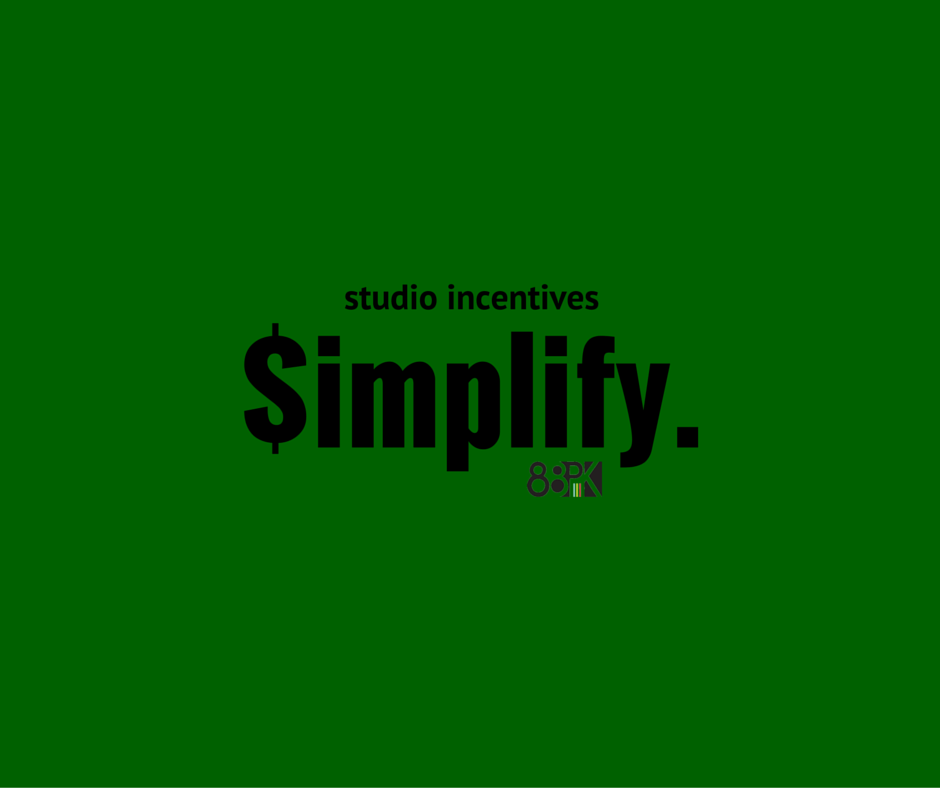Simplify Your Studio Incentives
This is my second post about studio organization. The first post highlighted the KonMari method which encourages organizers to keep things that spark joy and get rid of items that don't. Follow this link to read it. This post is about how simplifying my studio incentive sparked joy for me and could do so for you, too! I'm an aspiring minimalist. Isn't that a great phrase? I stole it from a fellow teacher.
How do you motivate your students?
to master scales
to build reading skills
to pass theory tests
to practice between lessons
to...
Perhaps you use games, apps, drilling, even nagging and probably some kind of incentive program? They do help to drive the student who needs an extra push and provide a healthy competitive spirit throughout your studio
I regularly resort to bribery
Good old-fashioned cash works wonders. Cash as in Music Money made by TCW (Three Cranky Women) Resources. Students in my studio can earn the Mu$ic Money for anything I deem worthy. Examples include:
$100 for receiving a 5 progress score in their lesson notes. Follow this link to learn more about my system for measuring progress between lessons.
$5 for being smart: I ask a question and they answer it correctly.
$1 for lifting wrists at the ends of all slurs in a piece.
$10 for perfect hand position.
$1 for adding every dynamic marking in a piece.
$30 playing a challenging measure correctly three times in a row.
$500 for playing in a recital, at school, at church...
$20 for moving to the beat.
$50 for each piece that earns three gold stars in Piano Maestro.
and whatever I can dream up during a lesson to maximize learning and mastery at or between lessons.
$1000 for being the Piano Maestro Star Student of the Week.
Steps to money handling
Music Money is kept and paid out throughout the lessons as mentioned above.
Students store their hard-earned cash in plastic envelopes, (I recently found them on clearance at Office Depot but paper envelopes work fine.)
Once my cash supply is getting low, students add up their bills, trade them in and record the amount on their credit cards. (I order the cards from Vista Print. They are the size of business cards.)
About three times a year, I set up a card table in the studio and display tantalizing items for students to browse and buy with their Music Money.
This year, I recognized that the "store" had become something I dreaded:
It's an ordeal to build up an inventory and set up shop with pricing and displaying the goods. Most of the stock came from the Target $1 bins)
It's hard to anticipate what items might appeal to the students and if I purchased enough of them.
It's clear to me that setting up the store did NOT spark joy so it was time to make a change and simplify!
A NEW streamlined approach to money handling
I've decided to scrap the store--no more inventory to worry about.
1) Instead, students get to choose to save their money for gift cards.
$5 Amazon
$10 App Store
$10 iTunes
$10 Sheet Music
$5 Target
2) Students write their name on a gift card punch card to represent what they are saving for and the cards remain in the studio tucked in a special sleeve I purchased at Target.
3) Once students accumulate $1000 in cash, they earn a punch on their chosen gift card punch card. When they earn 5 or 10 hole punches on their "gift card" they receive the REAL one.
NOTE: I still use the credit card system along with the fake gift cards in my studio so that I can keep plenty of cash on hand BUT, this step could be eliminated to keep things EVEN simpler.
How has this simplified things the most? NO MORE going to the store and shopping. All these gift cards can be purchased and given online!
Learn how to send iTunes or App Store gift cards here.
Learn how to redeem gift cards here.
Order Target gift cards here.
Order Amazon gift cards here.
How can you use this in your studio?
Mostly likely you already have creative and kid-friendly incentive plans throughout the year showing progress on posters on the wall and charts tracking progress. With multiple incentive plans, consider streamlining the award system. For example, instead of awarding a trinket or medal for transposing in all 12 keys, award one punch on the gift card punch card.
How do you make these gift card punch cards?
I've made it easy for you.
1) Download the PDF below and print out the amount of cards you need.
2) If you are an MTNA member, take advantage of your discounted printing prices at Office Depot.
3) Laminate the cards to protect them and make them look "official." I use this laminator and love it.
4) Find a place to store them in your studio: either in a small recipe box in alphabetical order or in order of when the students arrive for lessons during the week.
By the way, I made the cards in Canva—my absolute favorite place for generating graphic designs. I would spend an entire day there if I could.
How can you afford this in your studio?
I realize that money does not grow on trees. Here are some practical tips to help you run with this idea without going broke.
1) Ultimately, you may spend less money on rewards as you'll reduce your stock of trinkets and gadgets. Ordering the cards online saves precious time and gas. I still have a stock pile of items for prizes--evidence of wasted time, money and mileage on the car.
2) Charge an annual supply fee in addition to your tuition that covers apps, reference books and studio incentives. Building this fee into your tuition structure will help you recoup your costs of the gift cards.
3) Talk with your parents about this more practical incentive plan and get them on board. Most likely they'd be up for something like this to encourage their child over sugary snacks and silly prizes. Suggest that they match you dollar for dollar. You promise $5 toward the gift card and the parents supply the balance for the $10 gift card.
Are incentives really necessary?
It seems ridiculous. All this for motivating piano students? I really want and intend for their personal desire to play the piano and make music to be motivation enough. This type of motivation, called intrinsic motivation, is why teenaged students stick around for piano lessons. By this age, they realize that playing piano has become a passion and not just something to please their parents.
For younger students still uncertain about the hard work involved with playing the piano, earning money towards a gift card to a favorite store may be the perfect way to keep them on task and on the bench. I notice that whenever a bribery replaces my "nagging" at a lesson, the learning or challenge becomes fun. A cheer with arms raised of " I did it!" rings through my studio quite often. The money ignites the challenge but once the challenge is met, the student realizes that the feeling of accomplishment is worth its weight in gold.
I love to see a student's eyes light up when I say "twenty bucks if you can play that phrase perfectly!" If it doesn't happen the first time, they will play the phrase until it is perfect.
It's important to remember that bribing students works IF they know:
what the challenge is
how to accomplish the challenge
when they've met the challenge.
I continue my quest to organize and simplify and minimize. How are you simplifying things in your studio? Do you have an easy-to-implement incentive program that works?
Are you becoming an aspiring minimalist?
If so, how's it going?






